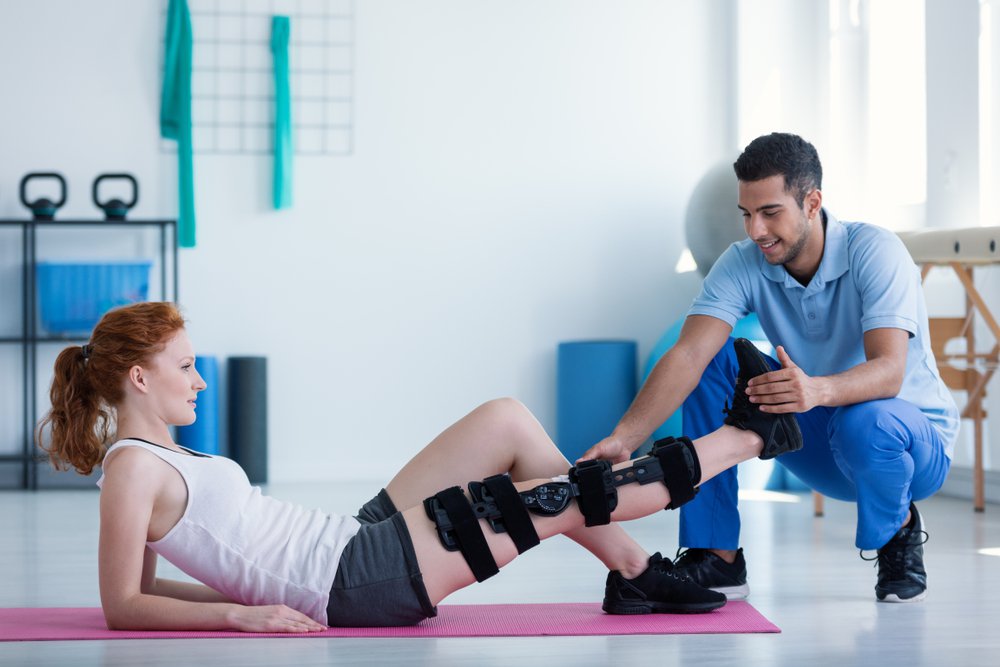Exploring the Varied Techniques of Physical Rehabilitation for Enhanced Healing and Rehabilitation
Exploring the Varied Techniques of Physical Rehabilitation for Enhanced Healing and Rehabilitation
Blog Article
Physiological therapy is an important discipline that assists individuals heal from injuries, operations, and multiple medical issues. It entails a range of techniques designed to enhance movement, alleviate discomfort, and boost overall bodily capability. Physiotherapy therapists are trained experts who evaluate each client’s needs and create personalized treatment plans. These programs often include workouts, hands-on therapy, and education about body mechanics. By employing these varied techniques, physical can substantially improve a person’s quality of life.
One common method used in physiotherapy is therapeutic activity. This includes specific actions and exercises that assist build muscles, improve flexibility, and boost stamina. For instance, a patient recovering from knee surgery may engage in exercises that focus on rebuilding power in the lower limb muscles. These activities are meticulously chosen based on the patient’s condition and goals. By gradually increasing the intensity and challenges of the activities, physical practitioners can assist clients regain their power and movement over time.
Another crucial method is manual therapy, which comprises hands-on methods to adjust the human body soft muscles and joints. This can involve stretching, mobilization, and massage. Manual therapy seeks to relieve discomfort, minimize swelling, and enhance circulation. For example, a practitioner may use gentle force to relieve stress in tight muscle groups or to assist a joint move more smoothly. This technique is often integrated with other treatments to improve recovery and promote recovery. Clients often find hands-on treatment to be a soothing and effective way to control their discomfort.
In addition to workouts and manual treatment, education plays a vital role in physical. Practitioners instruct clients about their conditions and how to handle them efficiently. This personal training for postpartum recovery may entail advice on proper posture, physical mechanics, and strategies to avoid subsequent injuries. For instance, a therapist might show a patient how to raise weighty objects safely to prevent injuring their back. By enabling patients with understanding, physical practitioners help them assume an active role in their rehabilitation and encourage long-term wellness and well-being.
Finally, technological advancements is increasingly being incorporated into physical methods. Devices such as sonography, electrotherapy stimulation, and immersive reality can enhance conventional treatment approaches. These tools can help alleviate pain, promote healing, and offer interactive methods for clients to participate in their recovery. For example, virtual environments can create engaging settings for patients to rehearse actions in a safe and protected setting. As technology continues to develop, it offers promising opportunities for improving rehabilitation results in physiotherapy.
In summary, physical encompasses a range of techniques that work in unison to support recovery and healing. Through rehabilitative activities, manual treatment, patient instruction, and the use of technology, physiotherapy therapists provide holistic treatment tailored to each patient’s requirements. This holistic method not only assists patients regain their bodily capabilities but also enables them to maintain their health in the long future. As more people acknowledge the benefits of physiotherapy, it remains to play a vital part in the pathway toward improved health and fitness.